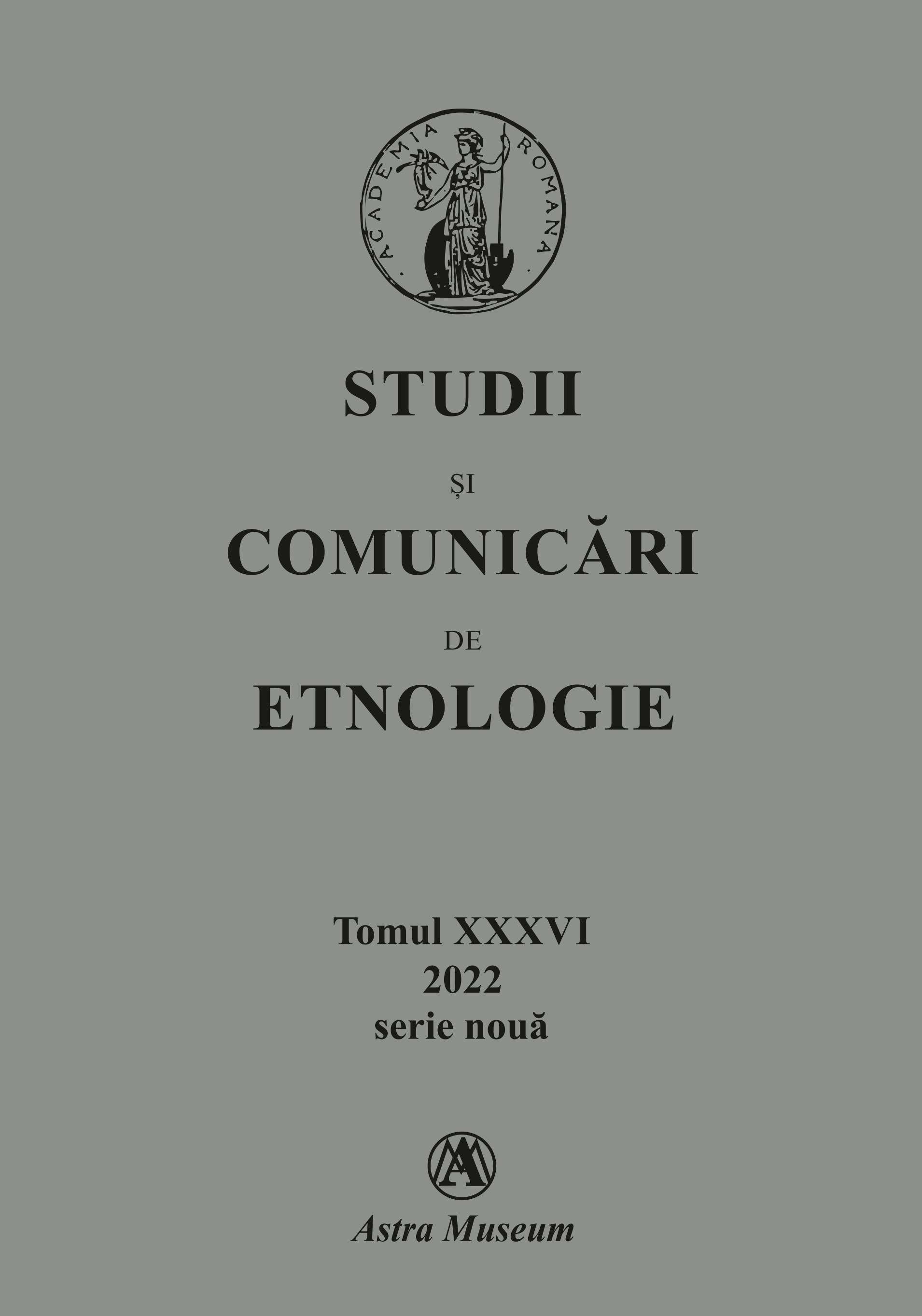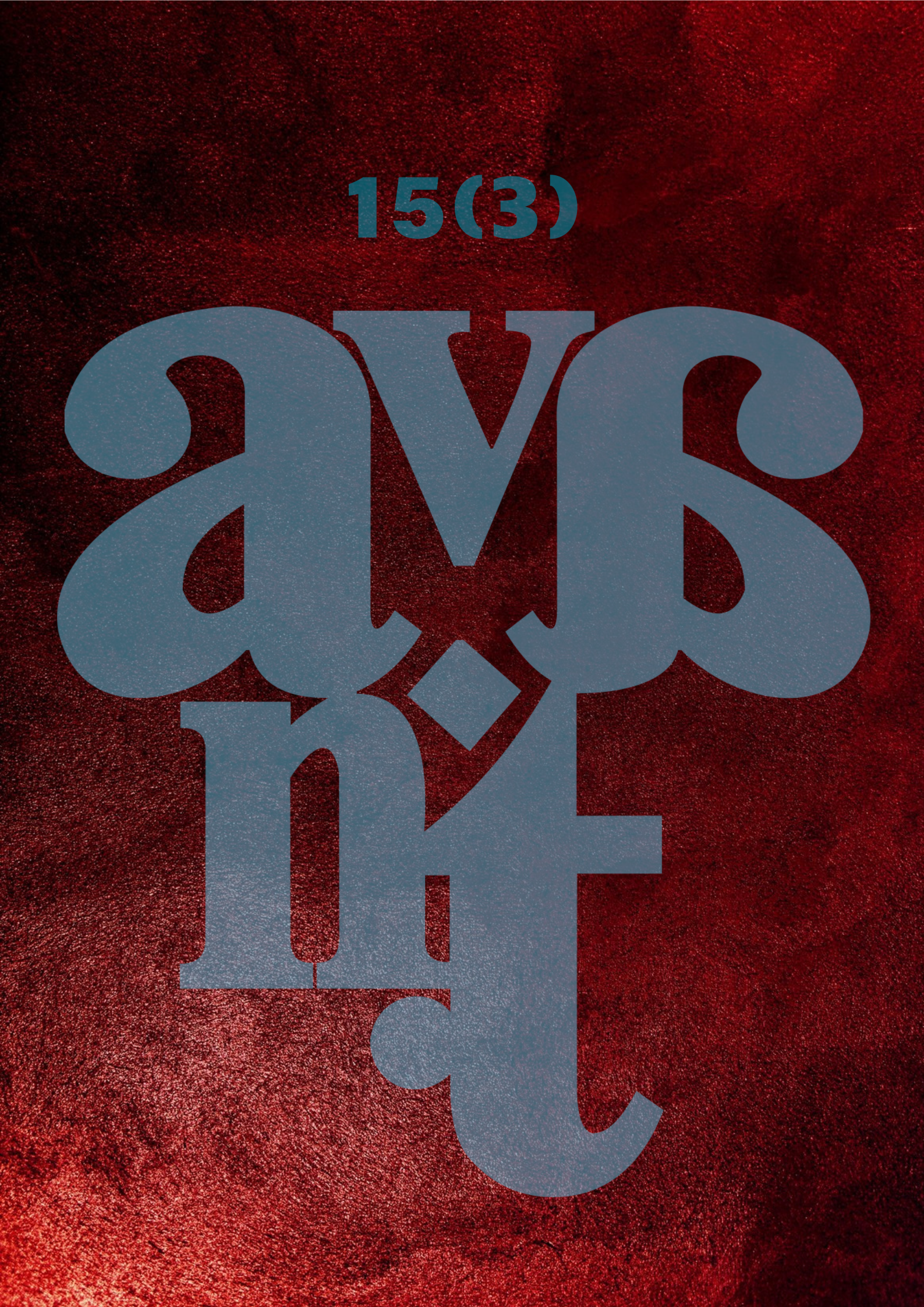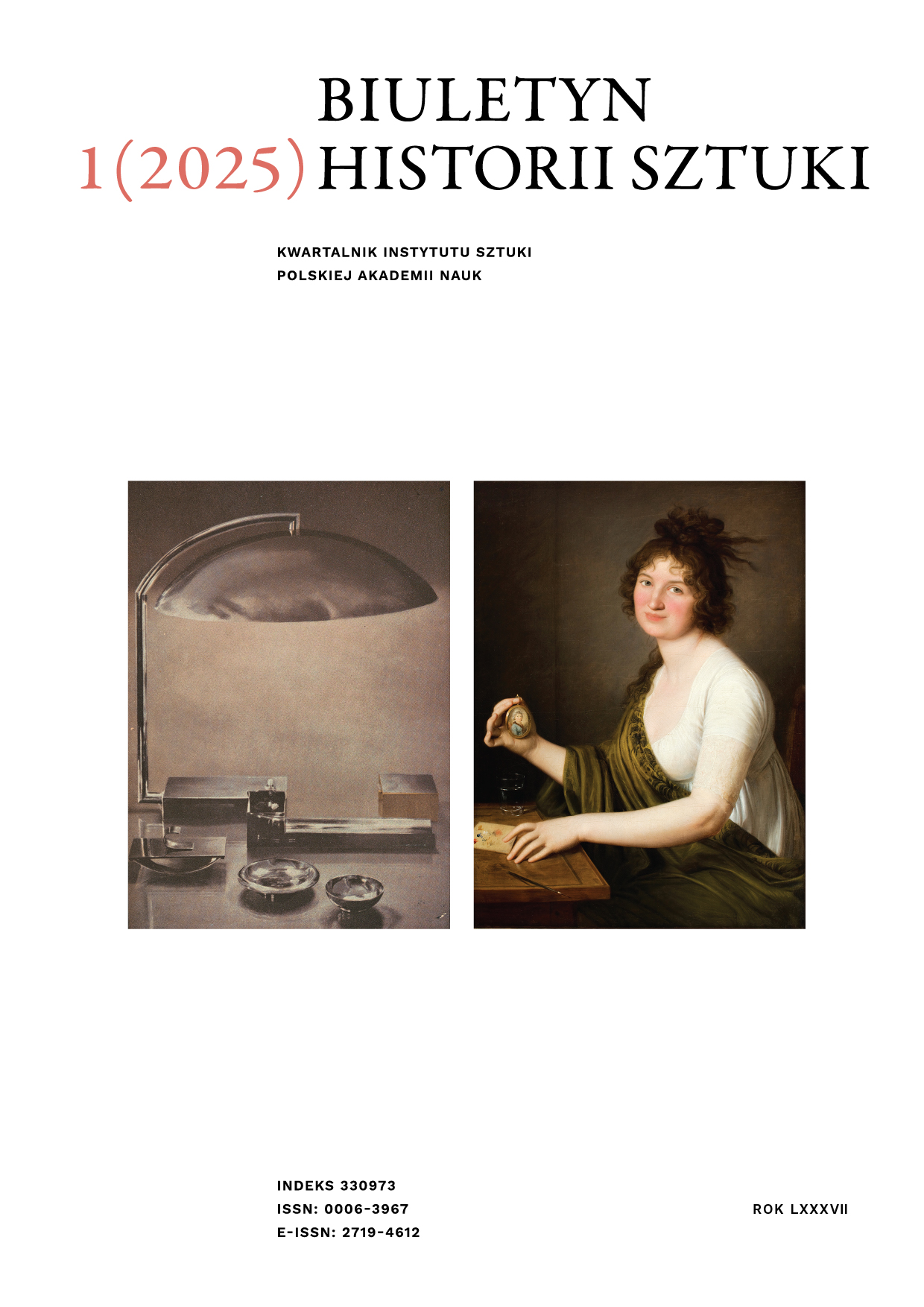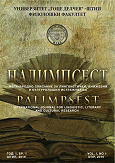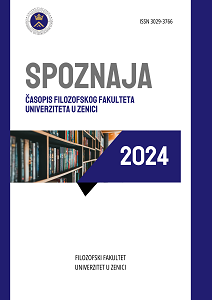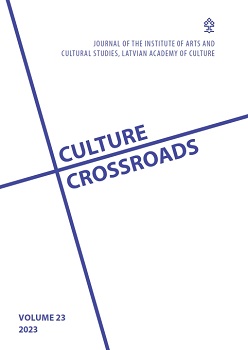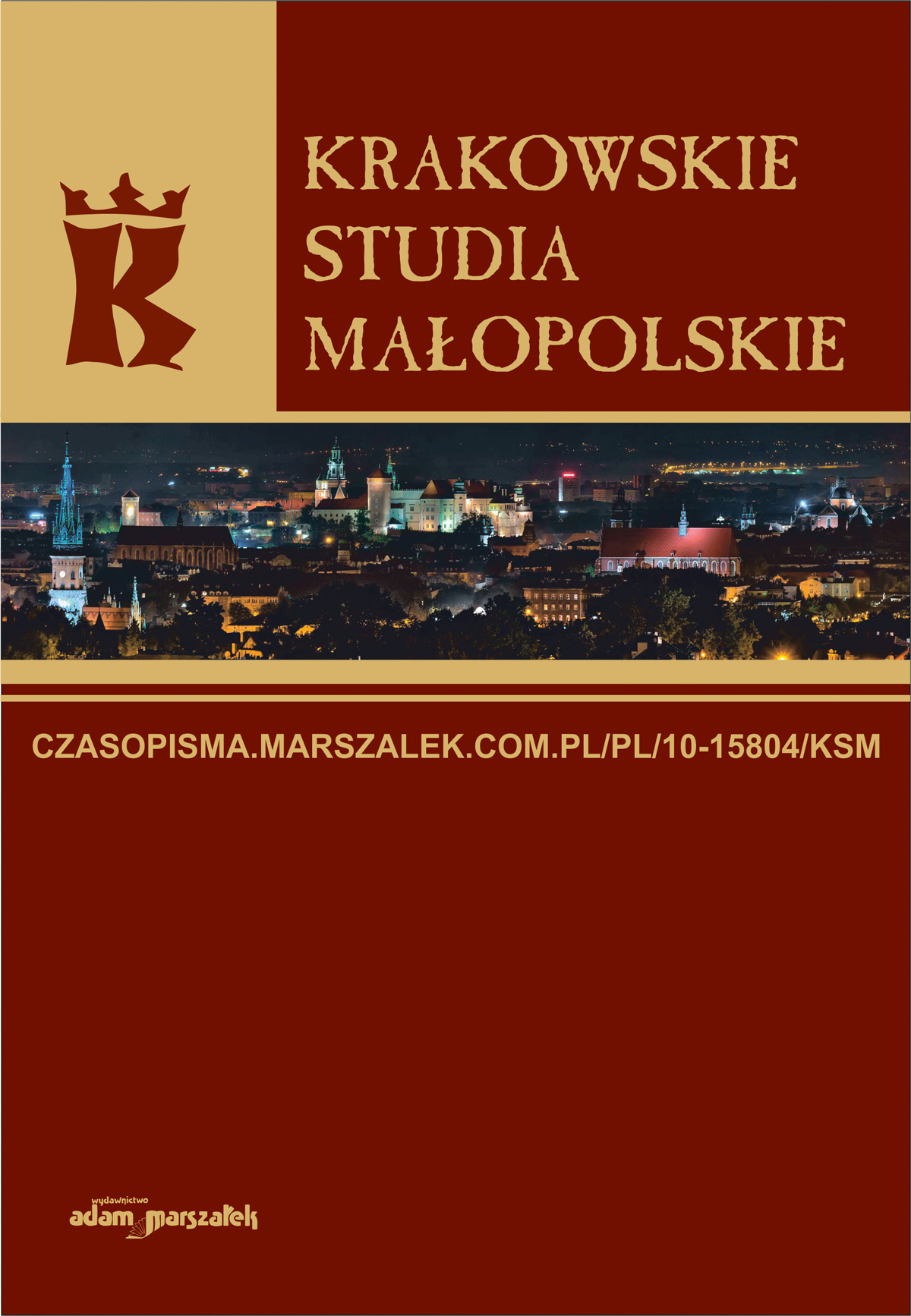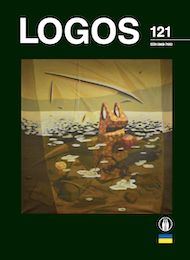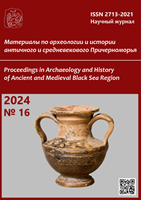Author(s): Aleksandre Mgebrishvili / Language(s): Georgian
Issue: 11/2024
It must be said that it is unthinkable to talk about the founders and inspirers of the Georgian professional scene without mentioning the merits of another actor, Zaal Machabeli, who spread wings on the stage of Tskhinvali. In the second half of the 19th century, Z. Machabeli moved from the circle of Tskhinvali amateur actors, of that time, to the circle of amateur actors of Gori, where he continued his no less fruitful activity. In general, there was a close friendly relationship between the circles of Tskhinvali and Gori amateur actors from the beginning. From the beginning, amateur actors played an important role not only in the cultural, but also in the public life of Tskhinvali. They always responded to the important events that took place here in a timely manner. Vano leads the circle of St. Petersburg students. He works tirelessly. He translates Shakespeare, Molière, Goldon, in 1879 he directs several Georgian performances in St. Petersburg. The Georgian theatre of the first half of the last century was distinguished by the poverty of the repertoire, so we should consider it quite natural that the theatre owners often turned to Shakespeare. From this point of view, first of all, the work of the great Ilia and Ivane Machabeli, which they contributed to the revival and development of Georgian theatre art, is noteworthy. As N. Kiasashvili points out: It would be a mistake to think that the role of Ilia Chavchavadze and especially Ivane Machabeli as the main translator would end only with the translation of Shakespeare's text into Georgian. The Georgian translations of "King Lear", "Hamlet", "Othello" and "Macbeth", at the same time, represent a unique, deep interpretation of Shakespeare, Ilia and Ivane Machabeli perfectly understood not only the artistic-aesthetic perfection of Shakespeare's work, but also his great and deeply humanistic worldview. And the foundations, it is this worldviewaesthetic kinship with Shakespeare that gave birth to brilliant translations, as well as the excellent Georgian Shakespearean theatre. In 1888, the translation of "Othello" was published as a separate book, which was positively evaluated by Aleksandre Sarajishvili in a letter printed in "Iveria" newspaper. And yet, Zaal Machabeli has a special, distinguished place among the native amateur actors of Samachablo. In the second half of the 19th century and the first decades of the 20th century, you will hardly find any information about the events taking place in the theatre world without mentioning Machabeli's name. Back in 1910, the magazine "Teatri da Tskovreba" named Zaal Machabeli as one of the 12 members of the first Georgian drama troupe on the 30th anniversary of the permanent Georgian theatre troupe.
More...
